How Important is Soil Texture?
Khalid Waleed (zone 9b Isb)
7 years ago
last modified: 7 years ago
Featured Answer
Sort by:Oldest
Comments (39)
Khalid Waleed (zone 9b Isb)
7 years agoRelated Discussions
We shouldn't forget how amazing an important soil bacteria can be
Comments (1)And, moving along....See MoreHow is scree important for raised rock garden?
Comments (6)Im glad my response helped. Youve pretty much got it down - plants do naturally develop more shallow fibrous root systems in cultivation which leaves them far more prone to drought. But youll still want to encourage the roots down by being sparing with your watering all year around. As far as the plants are concerned its easy to find yourself spoiled for choice. The most definitively alpine are cushion formers of Androsace, Saxifraga, Draba, Dionysia and Raoulia. Pretty much any of the Porphyrion saxes are wonderful cushion, mat and rosette formers if youve got a space with a bit of shade. Then silver saxes have nice foliage, are easier and like full sun here- though dont have quite as elegant flowers. Theres too many species and cultivars to name, but the saxifrage society has a nice website - http://www.saxifraga.org/plants/saxbase/taxon.asp The others contain a lot of tricky and un-hardy species, but those that you can get the cultivation right are all pretty much golden. Of the Androsaces id recommend carnea, hedraeantha and sempervivoides as all being pretty easy and reliable even in relatively heavy soil - its a shame the other genera dont have similar species. Silene acualis is another one of my favorites, quite unlike the other campions. Ranunculus has some pretty idealistic alpine buttercups such as calandrinioides and alpestris . Im a fan of the dwarf willows as well - theres some really tiny and useful prostrate shrubs such as Salix serpyllifolia and herbacea, as well as x boydii. Celmisia semi-cordata, Bolax glebaria, Helichrysums (milfordiae, arwea, sessilioides) and Anternnaria are some more that really stand out in my rock garden. But the end its a all a matter of taste, and i really dont what problems and opportunities youll climate will give you. But anyway, best of luck with whatever you choose to grow....See MoreWhy Soil Sampling Depth Is Important
Comments (1)Yep I found that out when I did the two soil tests as different depths. Big difference both in pH and some nutrient levels. I'm looking forward to reading your document and going back to those soil tests to looks over them when I'm my own Huckleberry....See MoreDoes soil texture change over time?
Comments (8)As an example of building practices vs soil - I've been to many cities where the difference between older parts of town and newer parts where subdivisions dominate is striking. Older houses / older streets: every house can be a different level, with different numbers of steps up/down to the door or basement, and the streets have (dramatic or modest) up and down inclines. Every house is different, sometimes they just built into the hills on the spot. (The lots will also vary in size/shape sometimes). Newer subdivisions (if you can see them being prepped for building): the rolling up and down contour of the land is just flattened in advance, bulldozed almost level. Streets are absolutely flat. I'm not making some big anti-modern point, just the pretty obvious one that after they do this, not surprising the soil might look nothing like 'topsoil' anymore. They weren't trying to make a place for gardens and soil (lawns at best). Of course, on lots with older houses you might have variance too, like the case above (noticeably siltier in some areas, more clay in another). You might also have lots where the soil's been improved by human habitation - old outhouses or even much older cesspits, middens, old compost piles, woodsheds, firepits, etc - at least in places, the difference in soil might be quite noticeable....See MoreKhalid Waleed (zone 9b Isb)
7 years agostrawchicago z5
7 years agolast modified: 7 years agoKhalid Waleed (zone 9b Isb) thanked strawchicago z5strawchicago z5
7 years agolast modified: 7 years agoKhalid Waleed (zone 9b Isb) thanked strawchicago z5Vaporvac Z6-OhioRiverValley
7 years agoKhalid Waleed (zone 9b Isb) thanked Vaporvac Z6-OhioRiverValleyKhalid Waleed (zone 9b Isb)
7 years agostrawchicago z5
7 years agolast modified: 7 years agoKhalid Waleed (zone 9b Isb)
7 years agostrawchicago z5
7 years agolast modified: 7 years agoKhalid Waleed (zone 9b Isb) thanked strawchicago z5strawchicago z5
7 years agolast modified: 7 years agoKhalid Waleed (zone 9b Isb) thanked strawchicago z5Vaporvac Z6-OhioRiverValley
7 years agoKhalid Waleed (zone 9b Isb) thanked Vaporvac Z6-OhioRiverValleystrawchicago z5
7 years agolast modified: 7 years agoKhalid Waleed (zone 9b Isb) thanked strawchicago z5Vaporvac Z6-OhioRiverValley
7 years agoKhalid Waleed (zone 9b Isb) thanked Vaporvac Z6-OhioRiverValleyKhalid Waleed (zone 9b Isb)
7 years agostrawchicago z5
7 years agolast modified: 7 years agoKhalid Waleed (zone 9b Isb) thanked strawchicago z5Khalid Waleed (zone 9b Isb)
7 years agostrawchicago z5
7 years agolast modified: 7 years agoKhalid Waleed (zone 9b Isb) thanked strawchicago z5strawchicago z5
7 years agolast modified: 7 years agoKhalid Waleed (zone 9b Isb) thanked strawchicago z5Khalid Waleed (zone 9b Isb)
7 years agoKhalid Waleed (zone 9b Isb)
7 years agoKhalid Waleed (zone 9b Isb)
7 years agostrawchicago z5
7 years agolast modified: 7 years agoKhalid Waleed (zone 9b Isb) thanked strawchicago z5strawchicago z5
7 years agolast modified: 7 years agoKhalid Waleed (zone 9b Isb) thanked strawchicago z5totoro z7b Md
7 years agoVaporvac Z6-OhioRiverValley
7 years agolast modified: 7 years agostrawchicago z5
7 years agoKhalid Waleed (zone 9b Isb)
7 years agostrawchicago z5
7 years agolast modified: 7 years agoKhalid Waleed (zone 9b Isb) thanked strawchicago z5Khalid Waleed (zone 9b Isb)
7 years agostrawchicago z5
7 years agolast modified: 7 years agostrawchicago z5
7 years agolast modified: 7 years agoVaporvac Z6-OhioRiverValley
7 years agolast modified: 7 years agototoro z7b Md
7 years agoKhalid Waleed (zone 9b Isb)
7 years agostrawchicago z5
7 years agolast modified: 7 years ago
Related Stories

GARDENING GUIDESHave Acidic Soil in Your Yard? Learn to Love Gardening Anyway
Look to acid-loving plants, like conifers and rhododendrons, to help your low-pH garden thrive
Full Story
GARDENING GUIDESThe Poop Scoop: Enrich Your Soil With Good Old Manure
Get over the ick factor already — this natural super-ingredient for soil has so many benefits, you'll wonder why you ever went chemical
Full Story
GARDENING GUIDESGardening Solutions for Heavy Clay Soils
What’s a gardener to do with soil that’s easily compacted and has poor drainage? Find out here
Full Story
GARDENING GUIDESGet the Dirt on Your Garden’s Soil
Understand how your soil supports your plants so you can ensure your garden’s success
Full Story
GARDENING GUIDESHow to Stop Worrying and Start Loving Clay Soil
Clay has many more benefits than you might imagine
Full Story
GARDENING GUIDESHow to Pick a Mulch — and Why Your Soil Wants It
There's more to topdressing than shredded wood. Learn about mulch types, costs and design considerations here
Full Story
LANDSCAPE DESIGNFlood-Tolerant Native Trees for Soggy Soil
Swampy sites, floodplains, even standing water ... if you've got a soggy landscape, these trees are for you
Full Story
GARDENING GUIDESGrow a Beautiful Garden in Alkaline Soil
Got alkaline soil? Learn how to manage it and the many beautiful plants that will thrive in this ‘sweet’ soil
Full Story
GARDENING GUIDESGardening Solutions for Dry, Sandy Soils
Has your desert or beachy site withered your gardening creativity? Try these ideas for a beautiful, easy-care landscape
Full Story
FARM YOUR YARDHow to Get Good Soil for Your Edible Garden
The nutrients in your soil feed the plants that feed you. Here are tips on getting it right — just in time for planting season
Full Story


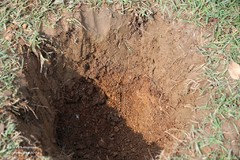
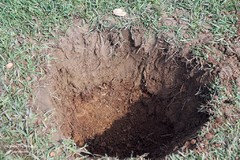
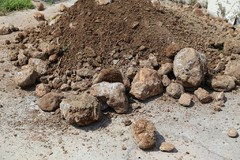
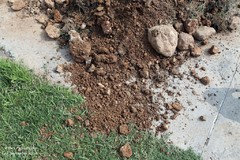
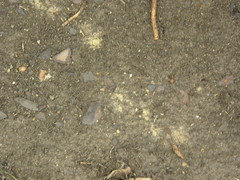
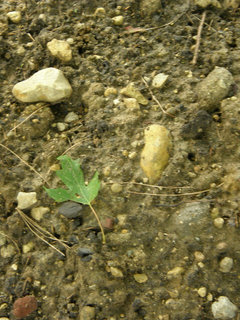
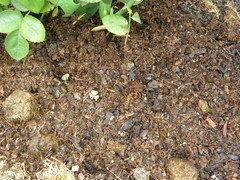
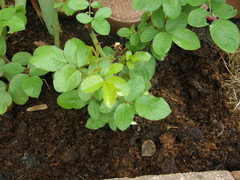
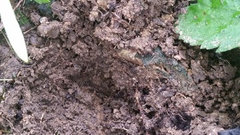
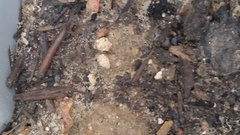
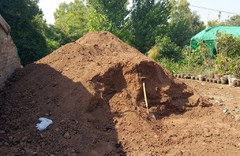
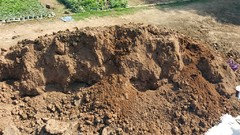
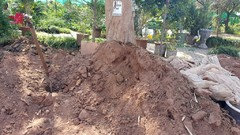


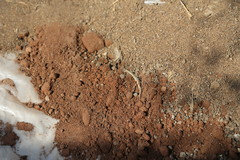
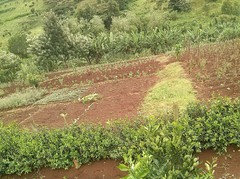

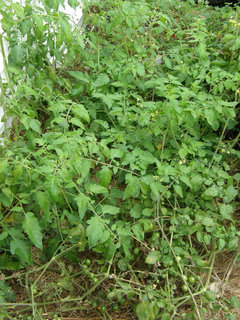
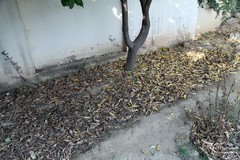
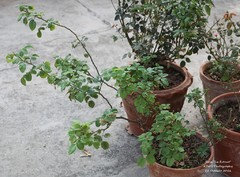
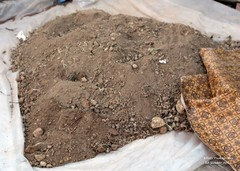
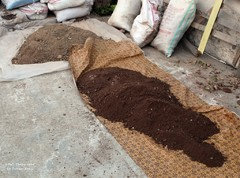
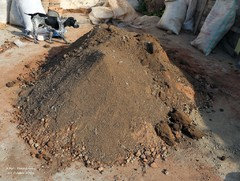
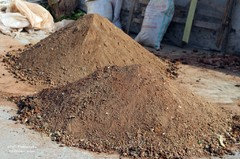


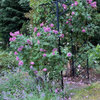
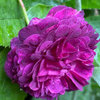
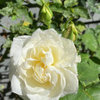
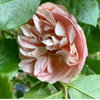
strawchicago z5